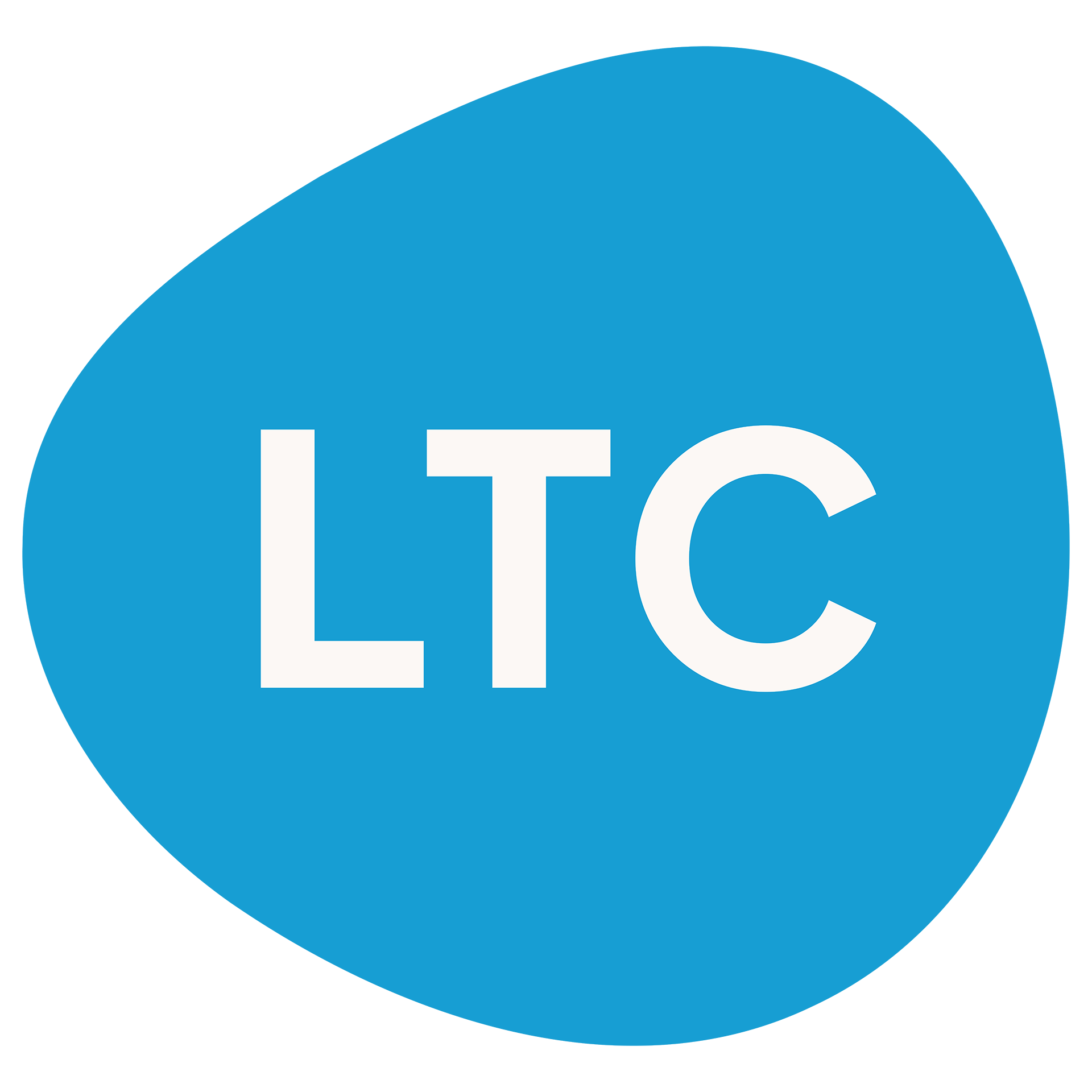The current administration has applied tariffs to a wide swath of imports, as well as blanket tariffs impacting all imports uniformly.
As of late March, blanket tariffs of 25% are currently in place for all imports from Mexico and Canada (though 30 day exemptions are currently in place, ending in early April). A similar blanket tariff of 20% has also been imposed on Chinese imports, though no exemption has been granted.
Some tariffs may also contribute to increased input costs for technology manufacturers, including specific tariffs on steel and aluminum imports (25%) and semiconductors (25%).
Several countries targeted by US tariffs have also announced retaliatory tariffs. At this stage, it’s unknown if these retaliations will increase input or import costs for US-based tech manufacturers.
Taken together, the Consumer Technology Association predicts that current tariffs could lead to 60% price increases for laptops and tablets – a stark spike for school districts with a need to upgrade or replace student devices.
Some good news: purchasers may not immediately feel the impact of increased costs, depending on their availability. Anything currently in US distribution warehouses is not expected to be immediately affected by the new tariffs. However, new shipments and out-of-stock items will likely see price increases, SHI’s Kyle Thomas notes.








